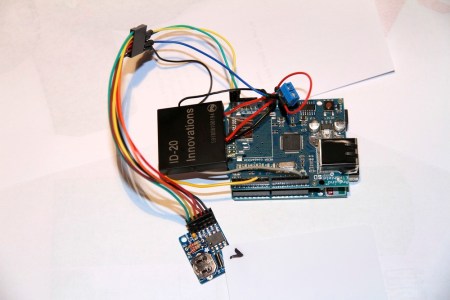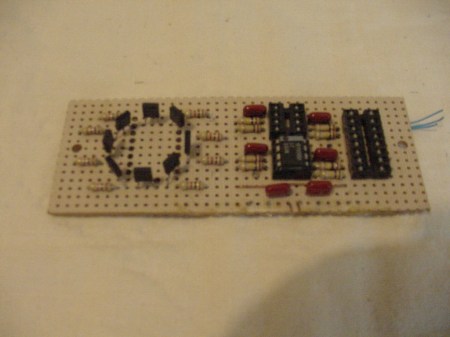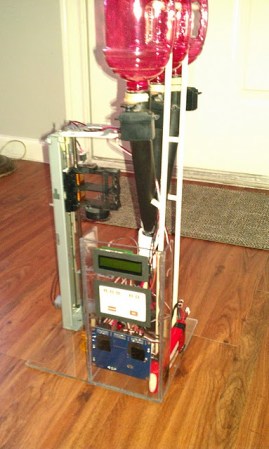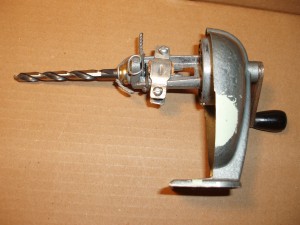
Although this isn’t the first pneumatic air cannon to be featured on HAD, this “paintball shotgun” is certainly one of the coolest. While most air cannons have little practical use besides looking awesome and being cool to play with, this cannon, according to it’s maker, has actually been used successfully in actual paintball competition.
The system works by preloading a sabot full of paintballs into a section of barrel that can be removed. The barrel is then slid forward and the sabot/barrel section is then inserted and the gun is loaded. This configuration is known as a “floating barrel” and seems to work quite well.
The author is quick to point out that this device is not designed to be used against human competitors, but against tanks and such in scenario games. Used properly or not, we can’t vouch for the safety of this device. One should take extra caution when working with CO2 tanks as they can reach a maximum pressure in the thousands of PSI.
For other pneumatic cannon ideas, check out this other bolt-action miniature potato gun or this “water blob launcher”.















